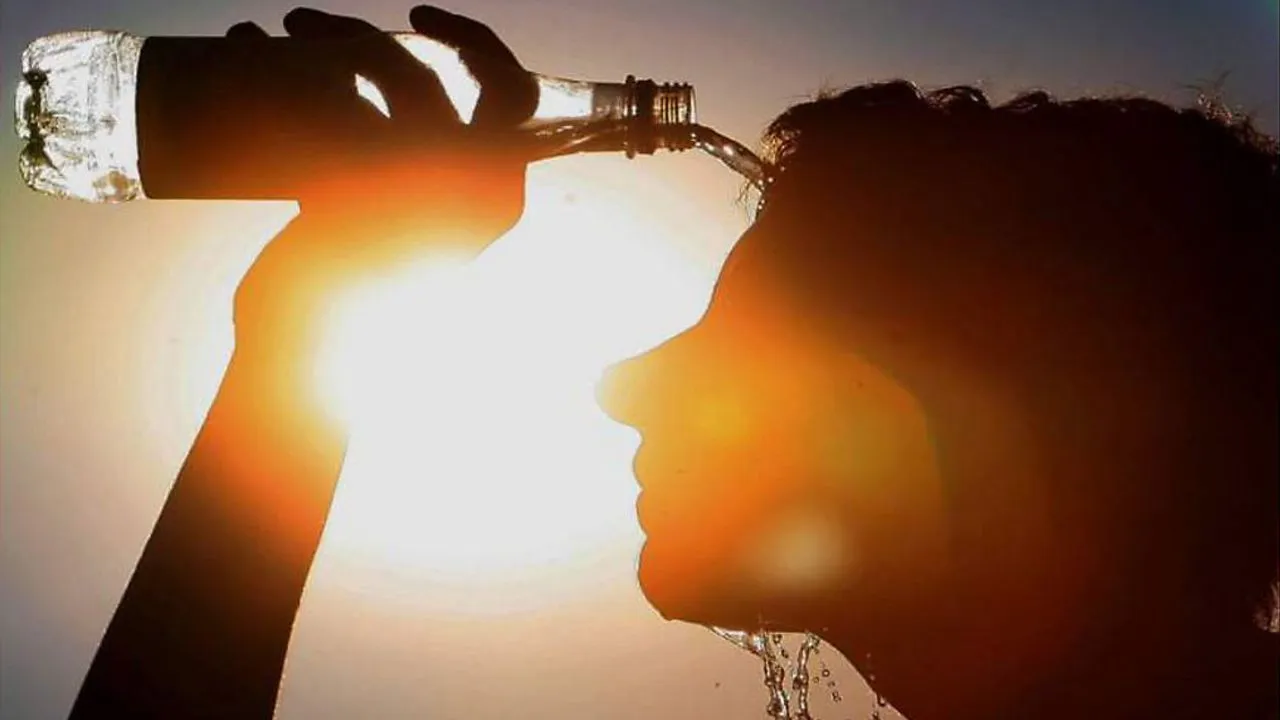Beginning Of Summers In India – Surviving Terrible Heatwaves Of 2024?
The beginning of Summers in India unfolds a chapter on the escalating impact of heat waves in everyday life. In every part of life, heatwaves are influencing the normal schedule. Education and healthcare are the two most important things getting in trouble due to heatwaves. As the temperature increases we need to take some steps to survive the killing heat of India in 2024!

What Is A Heatwave?
An extended period of excessively hot weather, typically accompanied by high humidity, that persists for several days or even weeks is termed a Heatwave. These are characterized by temperatures significantly above the average for a specific region during that time of year. Heatwaves can adversely affect the overall lifestyle including education, agriculture, healthcare, and economy too.
How Impactful Is Heatwave?
The challenges for the government as well as the people of India have increased as the Summers have arrived. The challenges to education, healthcare, environment, and day-to-day life to people must be tackled. The impact of heat will enormously affect the normal lifestyle of every Indian. The onset of Summer in India can be marked by a sudden increase in temperature. These sudden changes have led to a lot of life and property damage in the past pointing to the sign of danger in the future too. Indian Meteorological Department (IMD) had already warned about the scorching heat in the season ahead.
Impact On Health And Education
In the discomfort of heat, a threat to public health and education is a challenge. Keeping in mind the health of the student, many states have already declared summer vacations and others have ordered to run schools and colleges in the early period of the day. Some of the states which have declared the summer vacations are as follows:-
- Jharkhand
- Maharashtra
- Odisha
- West Bengal
- Bihar
Impact On The Economy And Environment
The impact of heatwaves extends beyond schools and colleges, affecting agriculture, water tables, and events like the General elections of 2024. Prolonged heat leads to water depletion, and crop destruction and poses challenges to public health. These all need to be sorted, otherwise, according to IMD, the scorching Summers of 2024 will completely drain normal beings and may lead to serious health issues.
Understanding The Illness Caused Due To Summers
The temperature rise brings the tension of heat-related illness, heat strokes, and even death due to excessive temperature. Vulnerable populations like children and old people are more likely to be affected by the heat. Understanding the importance of health and preventing unusual activities would be a good practice. Here are some pro tips for you:-
- Eat healthy.
- Stay indoors.
- Wear Sunscreen.
- Drink plenty of water.
- Avoid alcohol and caffeine.
Survival Techniques
Amidst the challenges, adaptation strategies play a vital role. Early breaks for schools and public health advice are something that can be done to prevent heat-related issues. Building climate-resistant infrastructure, installing cooling techniques in houses, and raising awareness can be proved a good step. The summer of 2024 reminds us that we urgently need climate action. Global warming and greenhouse gas emissions are some of the most influencing causes of overheat. As we move forward, let’s prioritize public health and environmental sustainability to face climatic changes and their effects.
A Result Of Global Warming?
Heatwaves are increasingly recognized as a result of global warming and climate change. As greenhouse gases like carbon dioxide and methane trap heat in the Earth’s atmosphere, the planet’s average temperature rises. This warming trend leads to several interconnected factors that contribute to the occurrence of heatwaves:
- Increased Greenhouse Gas Concentrations: The burning of fossil fuels, deforestation, and industrial processes release greenhouse gases into the atmosphere. These gases, including carbon dioxide and methane, act as a blanket, trapping heat and causing the planet’s temperature to rise.
- Altered Atmospheric Circulation: Global warming alters atmospheric circulation patterns, leading to the persistence of high-pressure systems that can block cooler air masses from moving into an area. This stagnation of air masses contributes to prolonged periods of hot and dry weather, characteristic of heat waves.
- Reduced Heat Absorption: Urbanization and land-use changes result in surfaces like asphalt and concrete replacing natural vegetation. These surfaces, known as urban heat islands, absorb and retain more heat, exacerbating temperatures in urban areas and contributing to the intensity of heat waves.
- Feedback Loops: Global warming triggers feedback loops that amplify heat waves. For example, as temperatures rise, ice melts in polar regions, reducing the planet’s overall reflectivity (albedo). This decreased reflectivity means more sunlight is absorbed, further warming the planet and leading to more frequent and severe heat waves.
- Changing Weather Patterns: Climate change can alter weather patterns, leading to shifts in the frequency, duration, and intensity of extreme weather events, including heatwaves. These changes can be observed in the form of longer, hotter summers and shorter, milder winters.
Overall, global warming sets environmental changes that contribute to the increased frequency, duration, and intensity of heat waves, making them a visible consequence of our changing climate.
Stay healthy and remember “Prevention is better than cure!” Climate change matters but not more than your life, so STAY SAFE, STAY HEALTHY!
finologic.in








One Comment